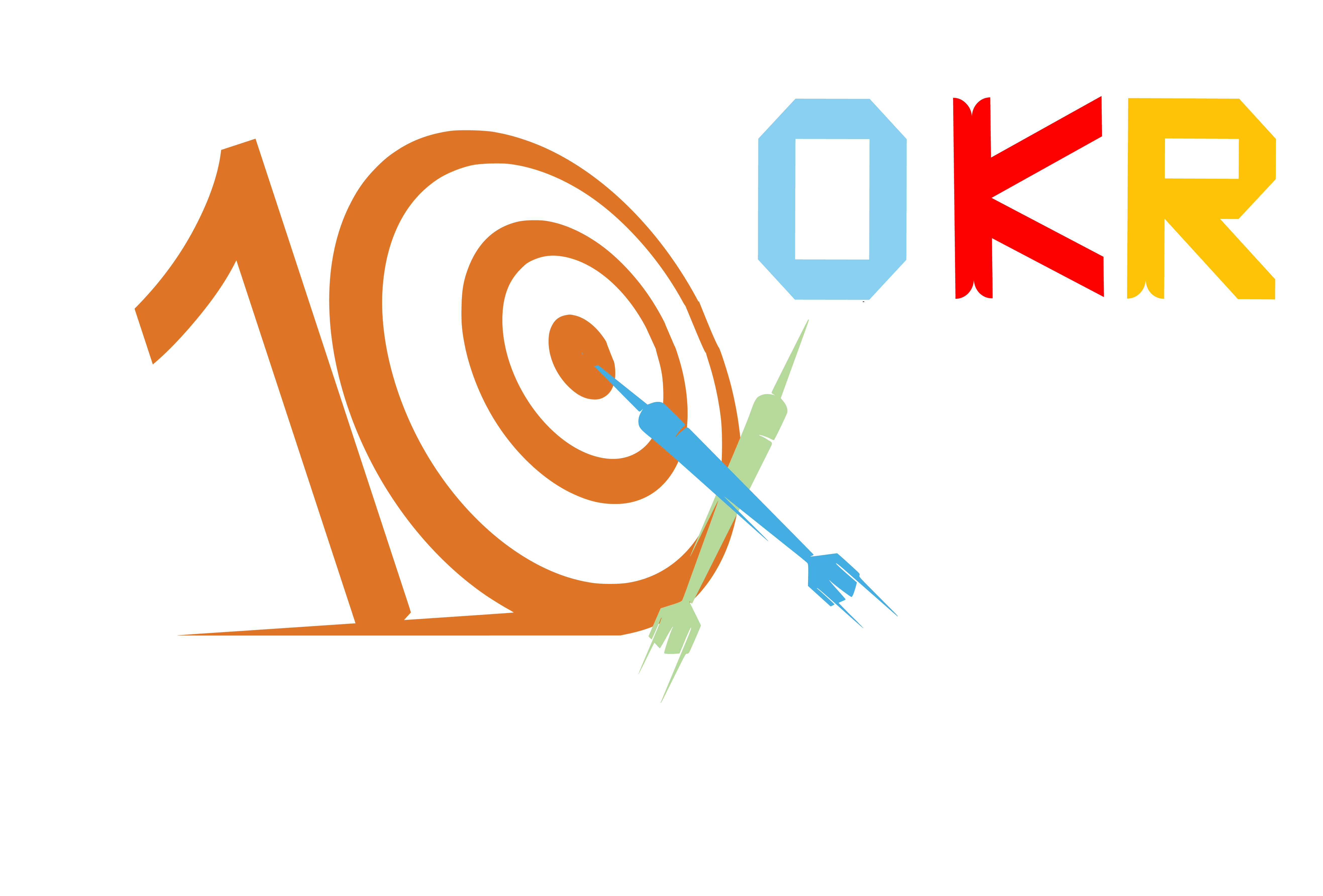Table of Contents
HR KPIs, or Human Resources Key Performance Indicators, are measurements that are used to evaluate the success and progress of an organisation’s human resource department. HR KPIs allow organisations to quantify their performance, track progress over time, and identify areas that require improvement.
Importance of HR KPIs: Why should organisations monitor HR KPIs?
Tracking HR KPIs is essential for organisations as it provides valuable insights into the performance of the human resource departments. By monitoring HR KPIs, companies can identify areas that require improvement, such as high turnover rates, low employee satisfaction, or inefficient recruitment processes. Regularly tracking HR KPIs can help organisations align their HR strategy with business objectives and make informed decisions that can improve overall performance.
Characteristics of a Good KPI
- Relevant: A KPI should be relevant to the business objective it is intended to measure.
- Specific: A KPI should be specific and clearly defined. It should clearly explain what is being measured and how it is being measured.
- Measurable: A KPI should be measured in quantity, quality, time, or cost. Obtaining data on the KPI and tracking progress over time should be possible.
- Achievable: A KPI should be achievable and realistic. It should be set based on the resources and capabilities of the organisation.
- Time-bound: A KPI should have a time-bound target or goal. It should be set within a specific timeframe and have a deadline for achievement.
- Actionable: A KPI should be actionable, meaning it should be possible to take actions based on the data obtained from the KPI.
- Aligned: A KPI should be aligned with the organisation’s overall strategy, goals, and objectives. It should contribute to the success of the business.
- Easy to Understand: A KPI should be easy to understand and communicate to stakeholders. It should be presented in a clear and concise manner that is easy to interpret.
- Dynamic: A KPI should be dynamic, reviewed, and updated regularly to reflect business environment or strategy changes.
- Reliable: A KPI should be reliable, meaning the data obtained from it should be accurate, consistent, and trustworthy.


1. Employee Satisfaction KPIs
Employee satisfaction is crucial to maintaining a healthy and productive work environment. Here are a few KPIs that can help HR teams measure employee satisfaction:


1.1. Employee Engagement
Employee engagement is the extent to which employees feel passionate about their jobs, are committed to the organisation’s mission, and put discretionary effort into their work.
Employee engagement can be measured using a survey that asks employees questions such as how much they enjoy their work, how committed they are to the company’s goals, and whether they feel valued by their managers.
Based on the survey results, HR teams can identify areas where they need to take action to improve employee engagement, such as providing better training and development opportunities or improving communication channels.
1.2. Satisfaction Surveys
Regular employee satisfaction surveys can help HR teams understand how employees feel about their job, work environment, management, and the company culture.
Employee satisfaction surveys can include questions about job satisfaction, work-life balance, compensation, benefits, and career development opportunities. Based on the survey results, HR teams can identify areas where they need to take action to improve employee satisfaction, such as increasing salaries or improving employee benefits.
2. Employee Turnover KPIs
Employee turnover can be costly for organisations in terms of time and money. Measuring employee turnover can help organisations identify areas that need improvement and take corrective action to reduce turnover.
Here are a few KPIs related to employee turnover:
2.1. Turnover Rate
The turnover rate is the who leave an organisation during a specific period. This KPI helps HR teams understand how well they are retaining employees and can help identify trends in turnover that may need to be addressed.
If an organisation has 100 employees at the beginning of the year and 10 employees leave during the year, the turnover rate would be 10%. A high turnover rate may indicate that employees are dissatisfied with their job, compensation, or management, and HR teams may need to take corrective action to address these issues.
2.2. Retention Rate
The retention rate is the percentage of employees who stay with an organisation over a specific period. This KPI can help HR teams understand how well they are retaining employees and can help identify areas where the company can improve to retain more employees.
If an organisation has 100 employees at the beginning of the year and 90 employees stay with the company by the end of the year, the retention rate would be 90%. A low retention rate may indicate that employees are dissatisfied with their job or the company culture, and HR teams may need to take corrective action to address these issues.
3. Workforce-related KPIs
Workforce-related KPIs help organisations understand the size and composition of their workforce.
Here are a few workforce-related KPIs that can help organisations make strategic decisions:
3.1. Total Number of Employees
This KPI provides a snapshot of the company’s size and can help organisations understand their capacity to take on new projects.
If an organisation has 50 employees, it may need more capacity to take on new projects and may need to hire more employees to meet the demand.
3.2. Percentage of Employees with Specific Skills
This KPI can help organisations understand their workforce’s capabilities and identify areas where they need to hire new talent.
If an organisation needs to expand its digital marketing efforts, it may need to hire employees with specific digital marketing skills. By measuring the percentage of employees with these skills, they can identify if they have the talent they need or need to hire more employees with those skills.
3.3. Cost-per-Hire
Cost-per-hire measures the total cost of recruiting and hiring a new employee. It can help organisations identify areas to optimise their recruitment budget and allocate resources more effectively.
If an organisation spends $5,000 on recruiting and hiring a new employee, the cost-per-hire would be $5,000. HR teams can use this information to evaluate the cost-effectiveness of their recruitment efforts and identify areas where they can optimise their recruitment budget.
4. Training and Development KPIs
Training and development are essential for maintaining a skilled and engaged workforce. Here are a few KPIs that can help HR teams measure the effectiveness of their training and development programs:


4.1. Percentage of Employees Receiving Training
This KPI helps HR teams understand how well they provide opportunities for employee development and can help identify areas where the company can improve its training and development programs.
4.2. Training Cost per Employee
This KPI helps organisations understand how much they spend on employee training and development. By tracking this KPI, HR teams can ensure that their training programs are cost-effective and align with business objectives.
5. Absence Management KPIs
Employee absences can be costly for organisations in terms of lost productivity and increased workload for other employees. Here are a few KPIs related to absence management:
5.1. Absenteeism Rate
The absenteeism rate is the percentage of employees absent from work during a specific period. This KPI helps HR teams understand the extent of the absenteeism problem and take corrective action to reduce absenteeism.
If an organisation has 100 employees and 10 employees are absent from work on average each month, the absenteeism rate would be 10%. HR teams can use this information to evaluate the impact of absenteeism on productivity and identify areas where they need to address absenteeism issues, such as improving the work environment or offering flexible work arrangements.
5.2. Number of Days Lost per Employee
This KPI helps organisations understand the cost of absenteeism and can help HR teams identify areas where the company can improve its absence management policies.
If an organisation has 100 employees and 10 employees are absent from work on average each month, the absenteeism rate would be 10%. HR teams can use this information to evaluate the impact of absenteeism on productivity and identify areas where they need to address absenteeism issues, such as improving the work environment or offering flexible work arrangements.
Conclusion
HR KPIs are crucial for measuring the effectiveness of HR strategies and ensuring that HR teams are aligned with business objectives. By regularly monitoring HR KPIs, organisations can identify areas that need improvement and take corrective action to achieve their goals.
From recruitment-related KPIs to absence management KPIs, there are many KPIs that HR teams can track to measure the effectiveness of their strategies. By making HR KPIs a regular part of their operations



